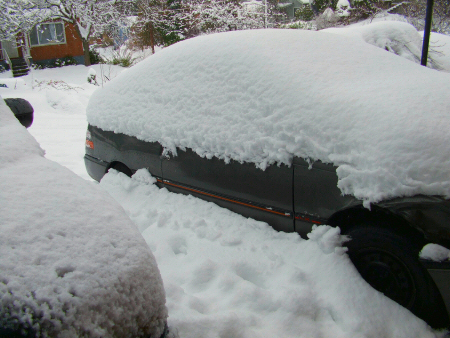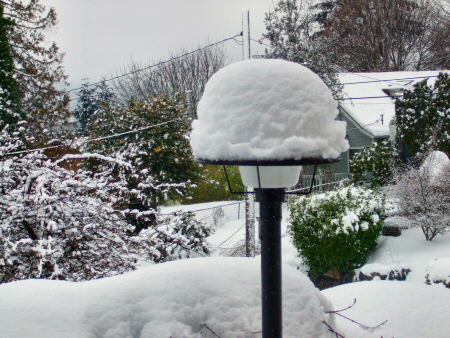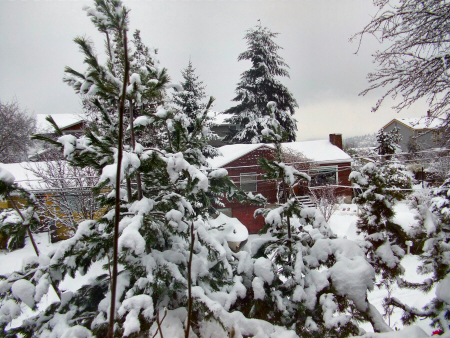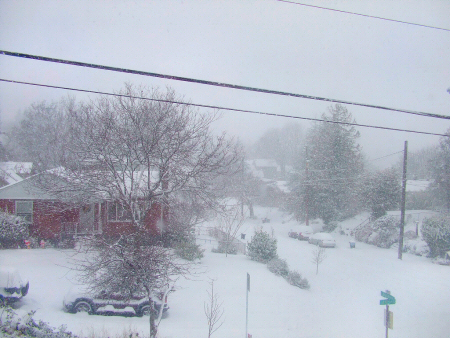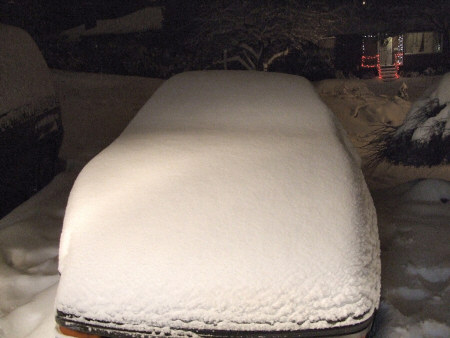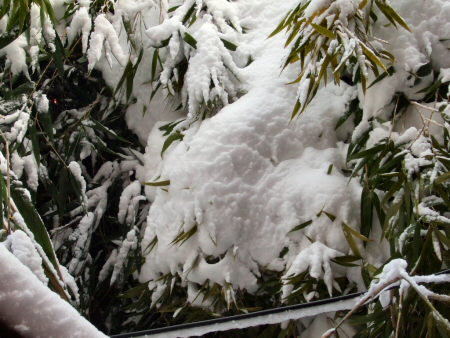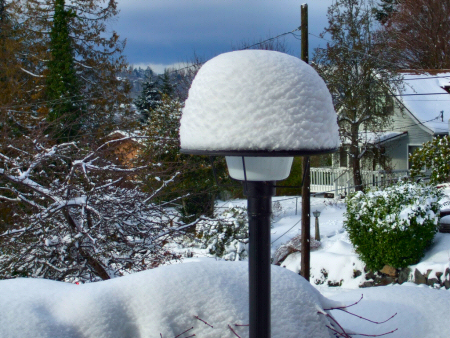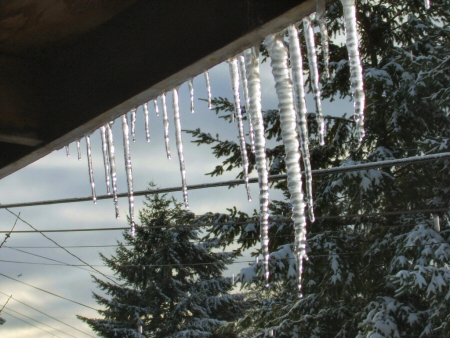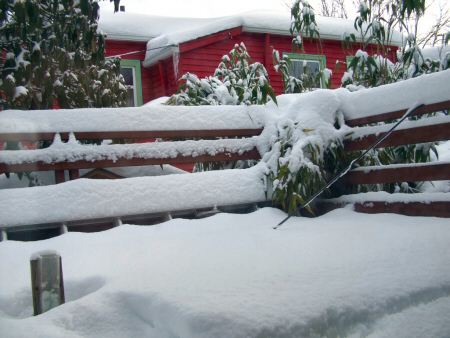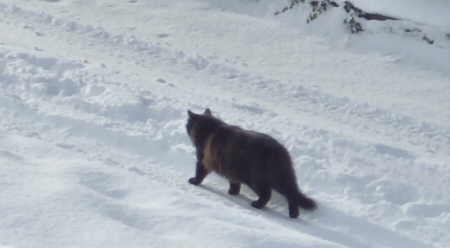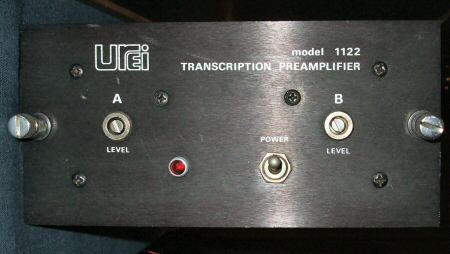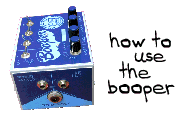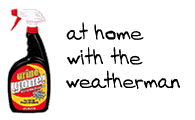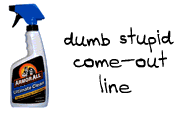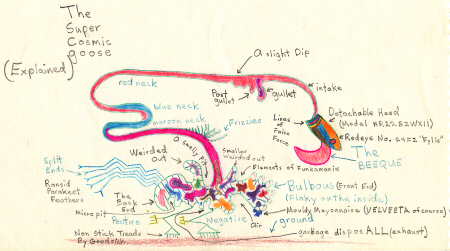 This drawing is another of a series of “geese”creatures that I have created throughout the years, starting in 1966 with the “Original Super Cosmic Goose.” I’m really not sure when I made the drawing, but I would guess sometime between 1970 and 1990. In this one, I gave names to the anatomy of this creature. Of course, it is quite juvenile and I feel a little embarrassed, but I know some of you will laugh, and that’s what matters. Be sure and click the picture to see a larger image for all the silly details!
This drawing is another of a series of “geese”creatures that I have created throughout the years, starting in 1966 with the “Original Super Cosmic Goose.” I’m really not sure when I made the drawing, but I would guess sometime between 1970 and 1990. In this one, I gave names to the anatomy of this creature. Of course, it is quite juvenile and I feel a little embarrassed, but I know some of you will laugh, and that’s what matters. Be sure and click the picture to see a larger image for all the silly details!

Archive for December, 2008
The Goose Explained
Even More Seattle Snow!
Don’t Mix Whiskey With Women
Direct mp3 download or play: Don’t Mix Whiskey With Women
As requested, the other side of the 78 rpm record “You Cooked Your Goose With Me (updated).” The recording technique (no processing) is the same as well.
The Rototiller Tape
Direct mp3 download or play: The Rototiller Tape
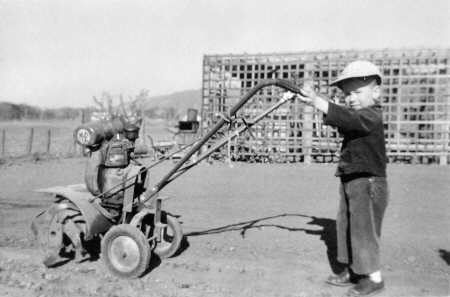 Me and my grandfather’s rototiller in 1958
Me and my grandfather’s rototiller in 1958
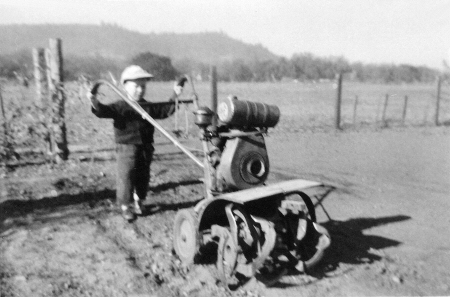 Another shot of me and the rototiller
Another shot of me and the rototiller
Here is a recording I made in the 1980s, which was played several times on Over the Edge and in particular an episode called “The Starting Line.” I would usually announce that while I was recording, the rototiller would hit a rock and the person operating it would cuss. That never actually happened. With that in mind, this “field” recording seems to be well liked. As a matter of fact, it is a field recording and of course I used my Sony TC-D5M cassette recorder with a one point stereo condenser microphone. I have for you the entire “Rototiller Tape,” plus a couple of pictures of myself and a rototiller at my grandparent’s home in Santa Rosa, California, most likely in 1958.
Seattle Snow December 2008
A few scenes around my home and neighborhood after more than a foot of snowfall.
Christmas 1984 Scrabble Pt.2
Direct mp3 download or play: Christmas 1984 Scrabble Pt.2
Here is the other side of the tape. Details are the same as “Christmas 1984 Scrabble Part 1.”
Christmas 1984 Scrabble Pt.1
Direct mp3 download or play: Christmas 1984 Scrabble Pt.1
Quite often my family liked to play scrabble when visiting during the Christmas holidays. I recorded this in stereo on my Sony TC-D5M cassette recorder using metal tape and Dolby B noise reduction. The microphone was an ECM-939LT one point stereo condenser. The voices of my mother, my father, my grandmother, and myself can be heard. I am presenting this unedited and with no audio processing.
Water – Hot & Cold Torture
Direct mp3 download or play: Water – Hot & Cold Torture
Here is something that will smack you! It consists of a tape loop played on my Roberts 192FT tape recorder, featuring a children’s song about safety. The artist is Frank Luther, who recorded nursery rhymes and children’s songs and stories throughout the 1940s and mid-1950s. I have intentionally made this too long. That’s where the “torture” comes to mind.
Bicycle Horn Tease
Direct mp3 download or play: Bicycle Horn Tease
Here is a recording from Christmas, 1981, when I had a talkback speaker set up where my mother and grandmother were talking. This is their reaction to “Bicycle Horn Underwater.”
You Cooked Your Goose With Me (updated)
Direct mp3 download or play: You Cooked Your Goose With Me (original capture)
You Cooked Your Goose With Me (original capture)
Direct mp3 download or play: You Cooked Your Goose With Me (no processing)
You Cooked Your Goose With Me (no processing)
Here is a 78 RPM record from a thrift store that I think might be a good addition to the “How Dare You” kind of thinking. I recorded it again with no audio processing. A Newcomb TR-1625M turntable with a General Electric variable reluctance magnetic cartridge played the record. The signal from the cartridge bypassed the built-in amplifier and was fed to a UREI (United Recording Electronics Industries) 1122 preamplifier. Since the UREI is a professional unit, it is known as a “transcription preamplifier.” Then I connected a balanced (3 wire) line from the 1122 to my Yamaha MG10/2 mixer with the controls at flat (no frequencies boosted or cut).
Capitol Americana
UREI Model 1122 phono preamplifier
The Poppy Seed Tape
Direct mp3 download or play: The Poppy Seed Tape
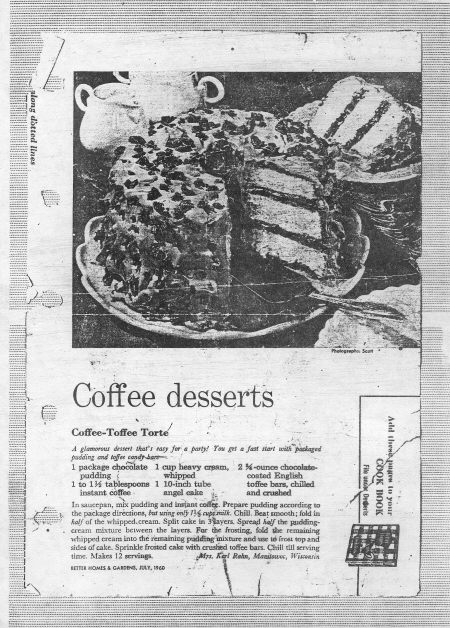
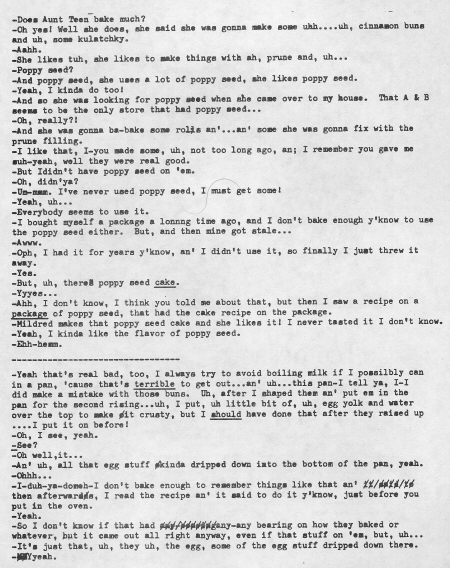
This is the original recording, which was transcribed and used as an insert for the first Negativland release “Negativland” in 1980. Keep in mind it was not recorded and only presented as printed material. Also the recording actually starts after the dotted line and then goes to bottom of the page, then jumps to the top of the page and ends with “Ehh-hemm,” which is my grandmother clearing her throat. At the time, we felt the text would look better if it was rearranged. If you would like to follow the text with the recording click on the text to get a larger, clearer image. The other side of the same insert has the “Coffee Desserts” recipe.
I made this recording in the early 1970s on my Norelco 1530 cassette recorder, most likely using the dynamic microphone supplied with this machine. The quality is somewhat poor, mainly because of something this recorder was doing before I realized it was happening. Quite often I would set the controls in ‘record’ and ‘pause’ at the same time to check the record level without rolling the tape, and I would do this anywhere on the tape including parts I had already recorded. Little did I know, doing that would make a noise where the record head was resting on the tape. I realize now the record head was operating and recording even when the tape was not moving.
Recent Posts
- Buddy Is Bored
- Pencil Man
- My Stomach 2022
- 4th of July Ambience 2021
- Richard Lyons, Avery Mann & girlfriend, and Myself at Snoqualmie Falls, Washington in 2005
- New Year’s 2021
- Dirty Booper
- Lady Seiko Watch Commercial
- 4th of July Ambience 2020
- The Stupid “T” Horn
Categories
- 16 Millimeter Films
- Answering Machine Recordings/Ringtones
- Baby Room Monitors
- Booper
- Cats and Bees
- Cleaners and Cleaning Supplies
- Family Tapes
- Ham Radio Jammers
- Microphone Tests
- Music I Listen To
- My Vintage Equipment
- Open Reel Tapes
- Outside Microphone & Field Recordings
- Pictures & Drawings
- Random Audio & Video
- Street Names Update
- Uncategorized
- Weather
